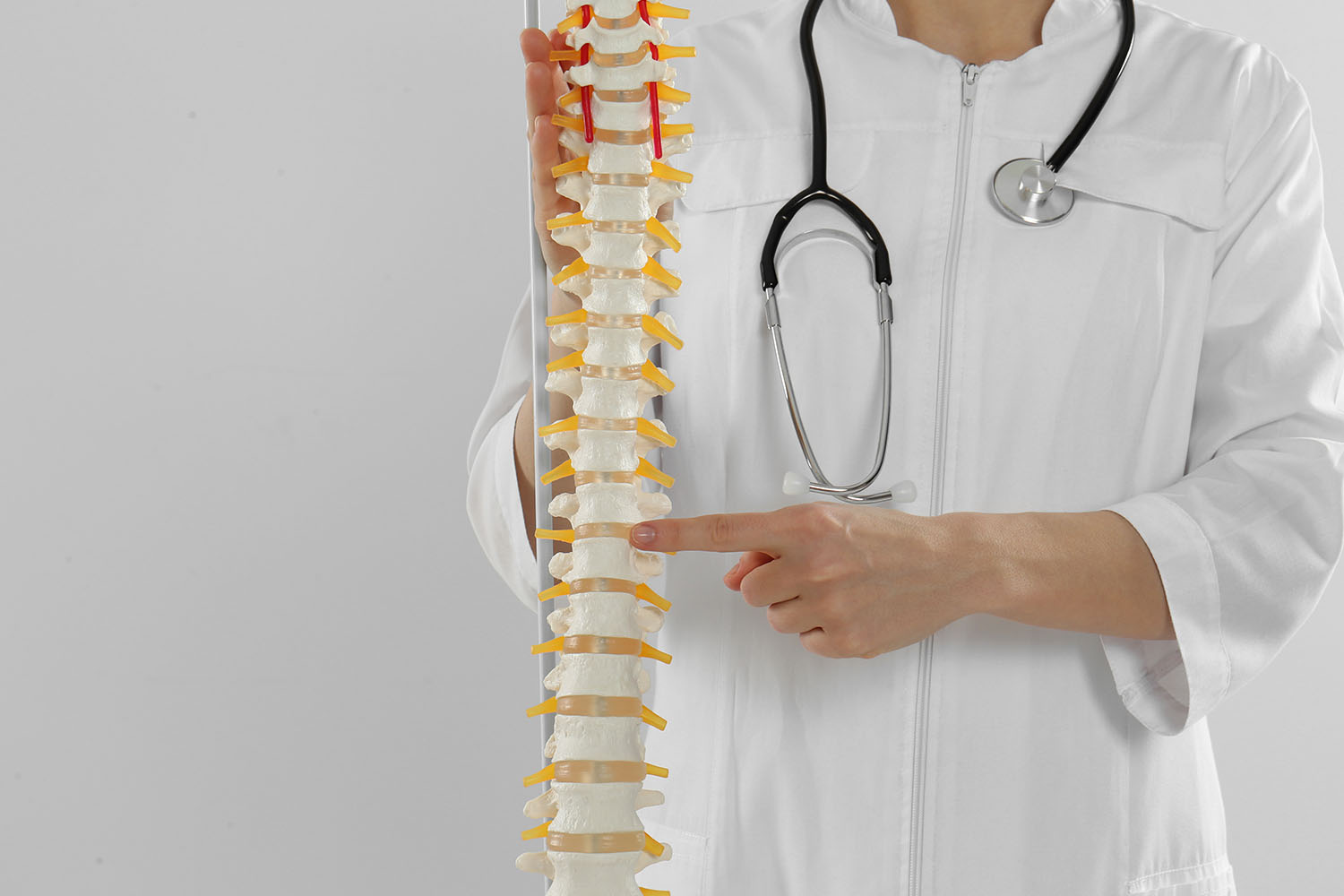Overview
When discussing the human skeletal system, one can’t help but marvel at its complexity and functionality. Among the 206 bones that make up this framework, one stands out not only for its size but also for its critical role in mobility and support: the femur, commonly known as the thigh bone. The femur is the biggest bone in the human body, and its significance extends beyond its sheer size.
Anatomical Significance
The femur stretches from the hip to the knee and is the longest and strongest bone in the human body. This bone is crucial for supporting the weight of the body during standing, walking, and running. The head of the femur fits into the acetabulum of the pelvis, forming the hip joint, while the lower end articulates with the tibia and patella, forming the knee joint. The design of the femur allows it to handle significant forces, making it essential for locomotion.
Structural Features
The femur’s structure is a testament to evolutionary engineering. It has a slightly curved shaft, which provides additional strength to withstand the stresses of movement and weight-bearing. The bone’s outer layer, or cortical bone, is dense and hard, while the inner layer, or trabecular bone, has a spongy structure that helps absorb shock and distribute forces.
International Research and Findings
Research on the femur spans various disciplines, from anthropology to orthopedics. Studies have shown that the femur’s shape and size can vary significantly among different populations, influenced by factors such as genetics, diet, and lifestyle. For instance, research published in the Journal of Anatomy highlights how femoral head size and shape can vary across different ethnic groups, providing insights into human evolution and migration patterns.
In orthopedics, the femur is often a focus of study due to its propensity for fractures, particularly in the elderly. According to a study by the World Health Organization (WHO), hip fractures are among the most serious consequences of osteoporosis, predominantly affecting the femur. This has led to significant advancements in surgical techniques and prosthetics designed to treat femoral fractures and improve patient outcomes.
Role in Movement and Health
The femur plays a vital role in movement and overall health. Strong femoral bones are essential for maintaining an active lifestyle, which is crucial for cardiovascular health, muscle strength, and overall well-being. Weight-bearing exercises, such as walking and resistance training, are beneficial for maintaining femoral bone density and preventing osteoporosis.
The biggest bone in the human body, the femur, is a remarkable structure that exemplifies the intricacies of human anatomy and evolution. Its strength, design, and role in mobility underscore its importance in our daily lives. Ongoing international research continues to uncover new insights into the femur’s function and its impact on health, further highlighting the marvel that is the human skeletal system.
Understanding and caring for this vital bone is essential for maintaining a healthy and active life. Whether through scientific research or everyday fitness practices, the significance of the femur remains a key topic in both medical science and personal health.



